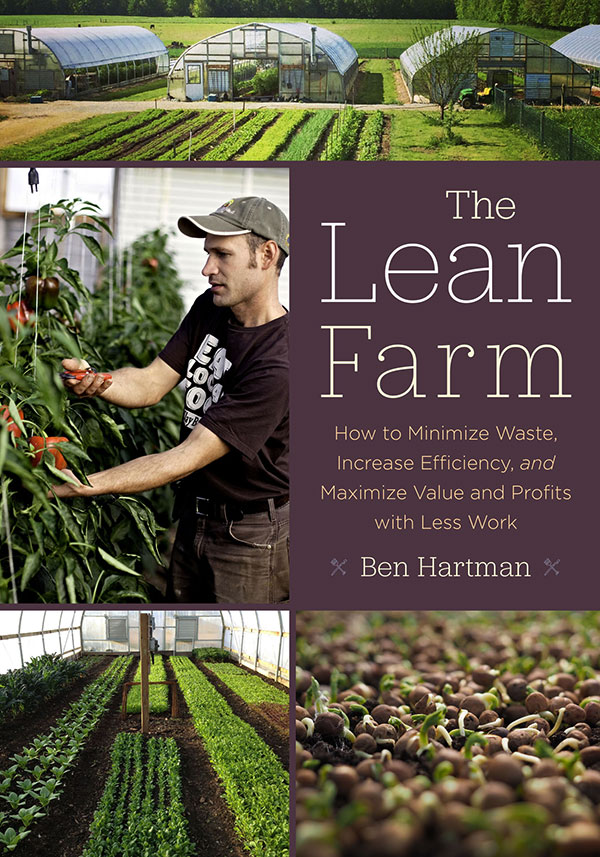

Most ebook files are in PDF format, so you can easily read them using various software such as Foxit Reader or directly on the Google Chrome browser.
Some ebook files are released by publishers in other formats such as .awz, .mobi, .epub, .fb2, etc. You may need to install specific software to read these formats on mobile/PC, such as Calibre.
Please read the tutorial at this link: https://ebookbell.com/faq
We offer FREE conversion to the popular formats you request; however, this may take some time. Therefore, right after payment, please email us, and we will try to provide the service as quickly as possible.
For some exceptional file formats or broken links (if any), please refrain from opening any disputes. Instead, email us first, and we will try to assist within a maximum of 6 hours.
EbookBell Team

4.1
100 reviewsAt Clay Bottom Farm, author Ben Hartman and staff practice kaizen, or continuous improvement, cutting out more waste―of time, labor, space, money, and more―every year and aligning their organic production more tightly with customer demand. Applied alongside other lean principles originally developed by the Japanese auto industry, the end result has been increased profits and less work.
In this field-guide companion to his award-winning first book, The Lean Farm, Hartman shows market vegetable growers in even more detail how Clay Bottom Farm implements lean thinking in every area of their work, including using kanbans, or replacement signals, to maximize land use; germination chambers to reduce defect waste; and right-sized machinery to save money and labor and increase efficiency. From finding land and assessing infrastructure needs to selling perfect produce at the farmers market, The Lean Farm Guide to Growing Vegetables digs deeper into specific, tested methods for waste-free farming that not only help farmers become more successful but make the work more enjoyable. These methods include:
Farming is not static, and improvement requires constant change. The Lean Farm Guide to Growing Vegetables offers strategies for farmers to stay flexible and profitable even in the face of changing weather and markets. Much more than a simple exercise in cost-cutting, lean farming is about growing better, not cheaper, food―the food your customers want.
**